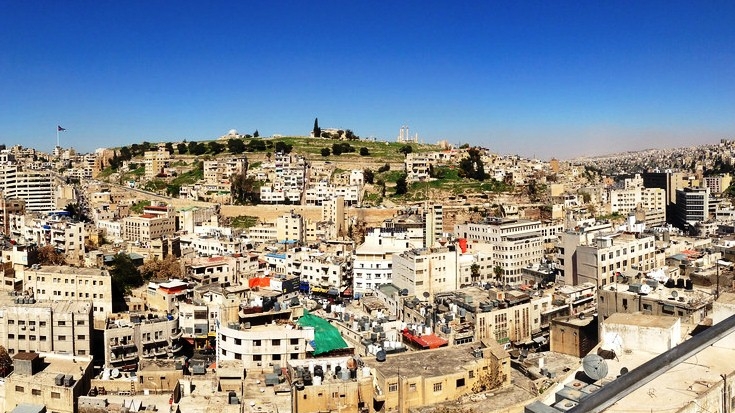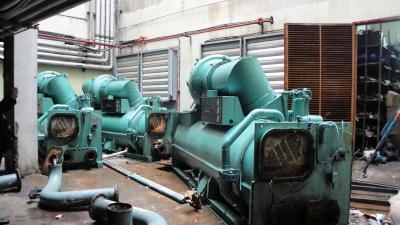As a signatory to the Vienna Declaration and the Montreal Protocol (MP), Jordan is committed to the complete phasing out of regulated substances under the MP and its amendments. The first country program under the MP established that Jordan’s consumption in 1991 was 789 metric tons. In this context the ODS Phase-Out I program was initiated which then identified further enterprises, raising annual consumption to 1,000 metric tons. The ODS II project evolved out of this finding to continue with Jordan’s commitments under the MP.
Solution
ODS II was closely modeled on ODS I and focused on financing technology transfer relating to production conversions to non-ODS processes and equipment at ODS-consuming enterprises as well as a focus on building capacity in relevant agencies.
Results
The project succeeded in completely ending imports of CFCs and halon. This was due to the elimination of demand for CFCs and halon by converting manufacturing capacity to alternative technologies at over 40 enterprises through 14 subprojects – a cumulative phase out of 1,109 ODP tons of CFCs and halon. The new technologies and equipment acquired by these enterprises also enhanced the competitiveness of these firms. Also replaced were 20 CFC-based chillers in Jordan, eliminating the last major source of demand used in servicing. Fifteen chillers were replaced under the sub-project and five were replaced prior to the approval of the Global Chiller Replacement project. The project was able to thereby leverage US$2.3 million from the private sector—a leveraging ratio of 2:1. Under the Project Implementation Capacity Development component the Ministry of Environment and the National Ozone Unit introduced and further sharpened ODS-related laws and regulations to fully meet Jordan’s MP obligations.
Bank Group Contribution
The project was funded at a total of US$5.6 million by the World Bank’s Ozone Projects Trust Fund (OTF) which channels approved funds from the Multilateral Fund for the Implementation of the Montreal Protocol.

